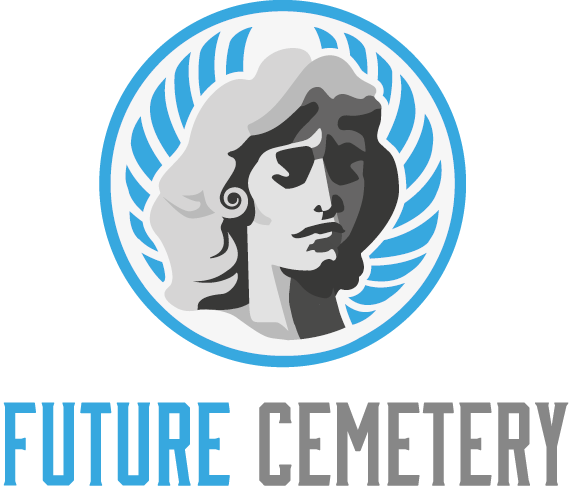A well-designed Cemetery is a peaceful space that helps heal hearts and brings communities together. It also offers a sense of permanence that is important to many families.
A cemetery website should reflect its uniqueness while sharing relevant logistical information. This can be accomplished through strong design language and high-quality photography.
Landscape Design
Cemeteries can serve as vibrant celebrations of family, history and individuality – integrated within a shared community. To do so, cemetery landscape design must balance reverence for the departed with a public spirit.
This can be done through the use of different shade of green and textures to provide a distinct identity. A cemetery must also be mindful of preserving natural habitat and encourage biodiversity in its landscape. Directional signage that follows protocol must be provided to help visitors navigate the grounds.
Historically, many cemeteries were developed as memorial parks and served as valued green spaces in cities. Today, however, the trend toward above-ground burial has left cemeteries with the challenge of retaining their public essence. To do so requires innovative cemetery landscape designs that reimagine how a graveyard can be designed for future generations.
Site Planning
Cemeteries have a unique position in the public realm. As a result, they must provide a thoughtful, respectful experience for all people who visit. This requires careful site planning.
The first step in designing a cemetery involves understanding the site’s limitations and capabilities with respect to topography, drainage, vegetation, climate, zoning, utilities, etc. Then, through analysis and programming, a cemetery master plan starts to take form. The various program elements (burial types and quantities, mausoleums, niche structures, chapels, gardens, entrances) are placed within areas amenable to development.
Care must also be taken to avoid interference with foreseeable additions to the thoroughfare network. This is often accomplished by making ample reservations for street widening along all boundaries where this is likely to happen in the future. This ensures that the cemetery will be able to accommodate a change in road width without any additional expense or disruption.
Building Design
Cemeteries require a comprehensive building design to accommodate various burial services and amenities. This requires a thorough analysis of the site to understand topography, drainage, vegetation, climate, zoning and other factors that affect how the building will function.
An essential part of the building design process is a thorough understanding of the client’s needs and goals. This includes an analysis of the market for products and services, current trends, sales history and a long and short-term plan to determine how the facility will grow and evolve.
Well-designed cemetery layouts offer a number of benefits to clients. These include a peaceful setting for visiting, reduced maintenance costs and improved sustainability. For example, plantings that are low-maintenance and easy to maintain reduce mowing and cleanup and minimize the use of water and chemicals. In addition, reusing water for irrigation and landscaping helps to lower water runoff rates and support wildlife in the surrounding area. A thoughtfully designed memorial park can also help to establish a strong connection with the community and adds a sense of social value to the surrounding neighborhood.
Construction Management
A cemetery is a very sensitive space and it is imperative that the design and construction process responds to this sensitivity. Whether it is the careful use of stone to limit visual impact or a carefully selected tree for its acoustic qualities or the utilization of the water resource for infiltration, it is important that the design work respects this delicate landscape.
It is also crucial that the design incorporates a clear drainage system. This not only prevents leakage from the decomposed remains but focuses on sustainable methods to minimize water runoff and provide wetlands for wildlife. Subsoil drains, reed bed construction and surface water catchment are some of the techniques that have proven to be effective.
A well-designed cemetery master plan lays out a clear vision for the future of the property. This enables the management team to budget and fund projects with confidence. It also provides a map for the long term and a framework to guide expansions and improvements.
